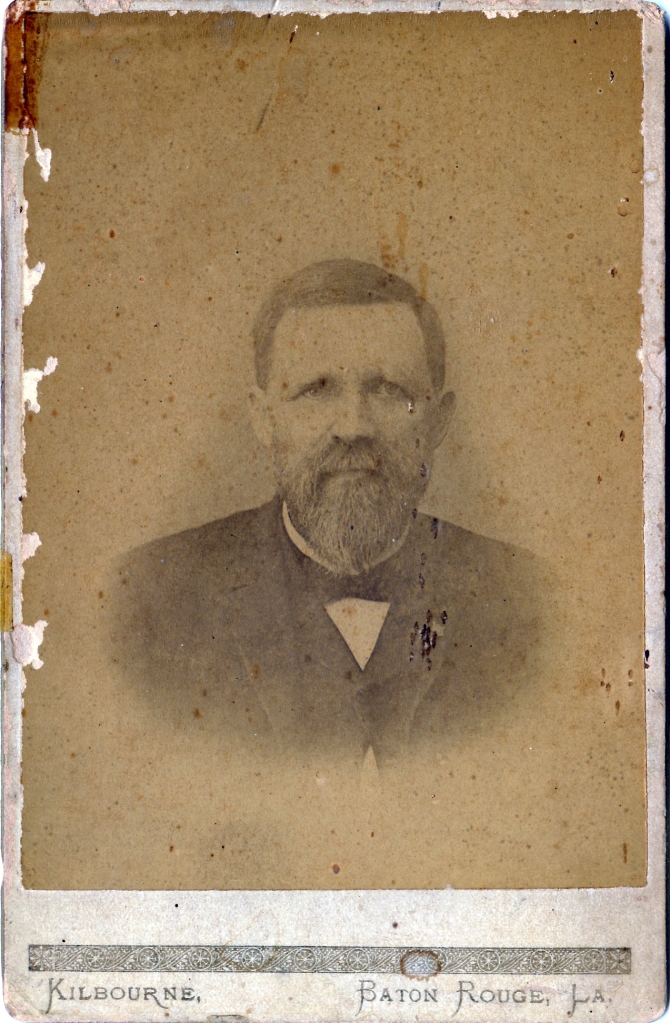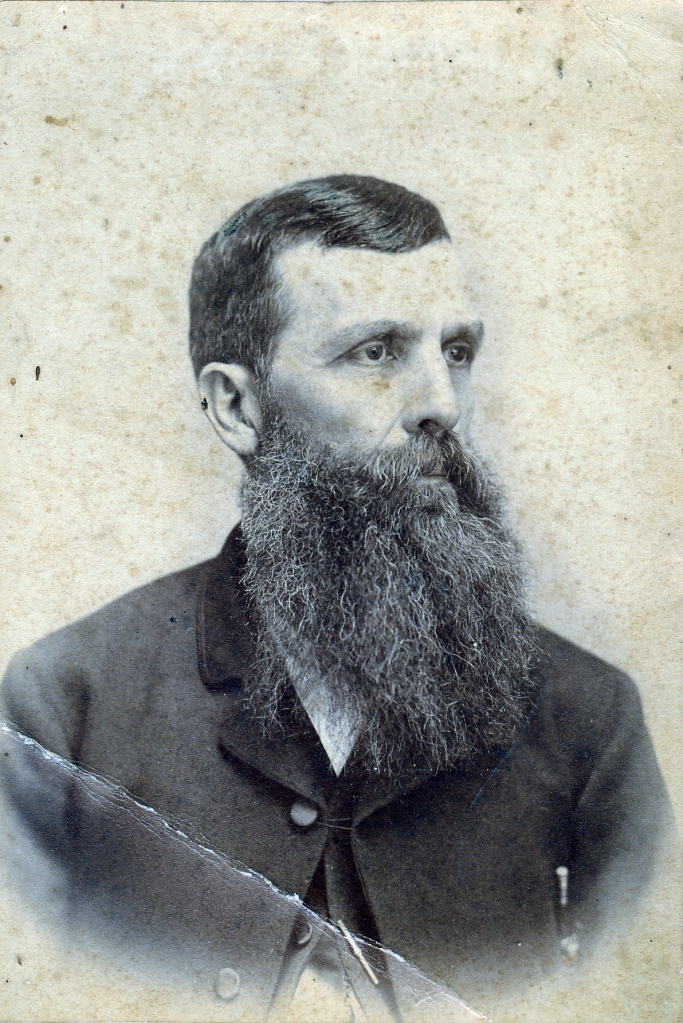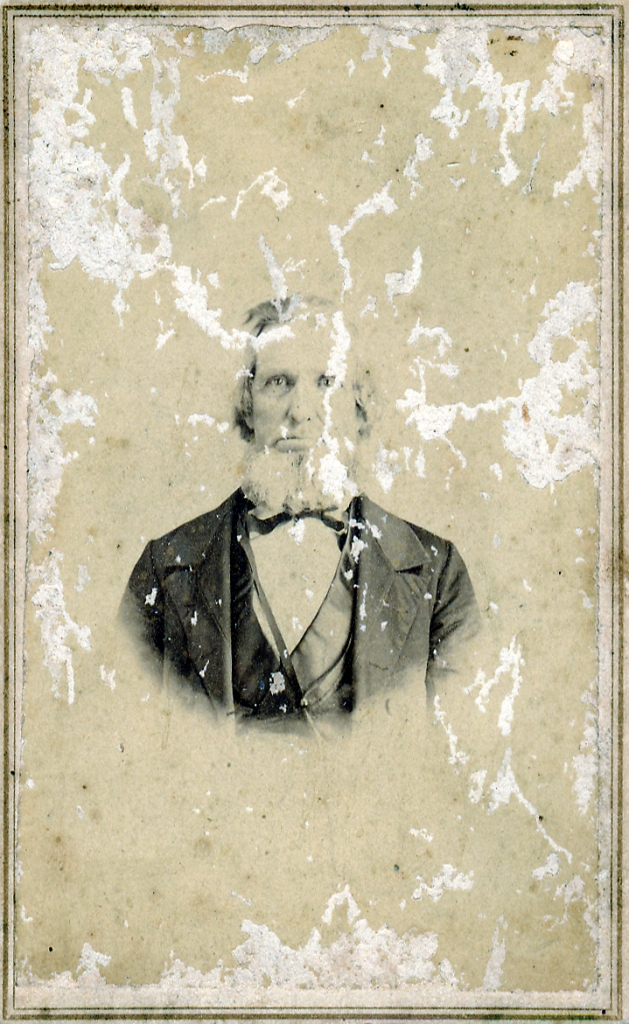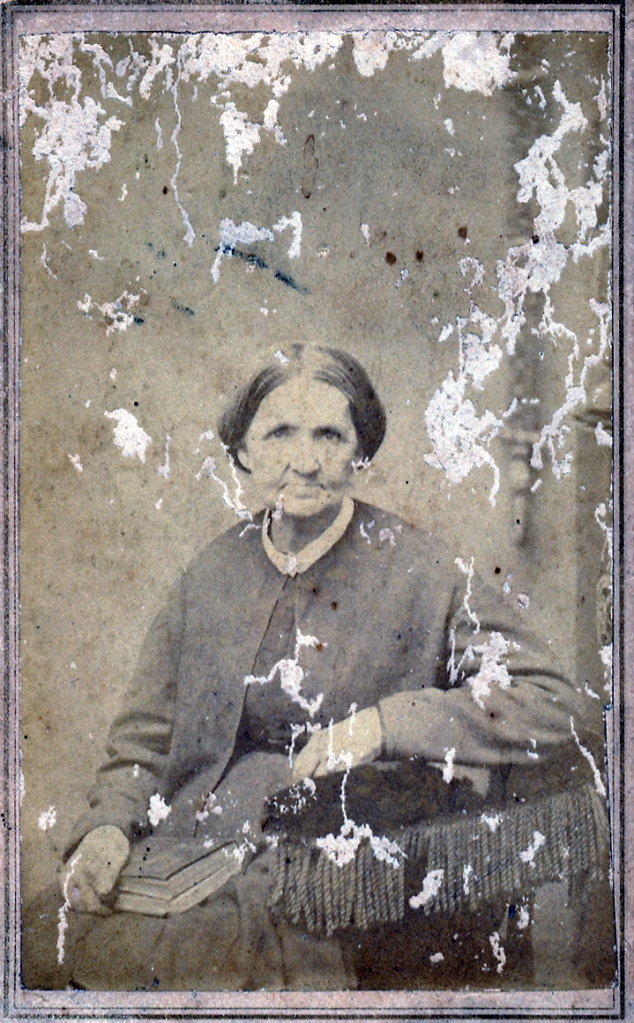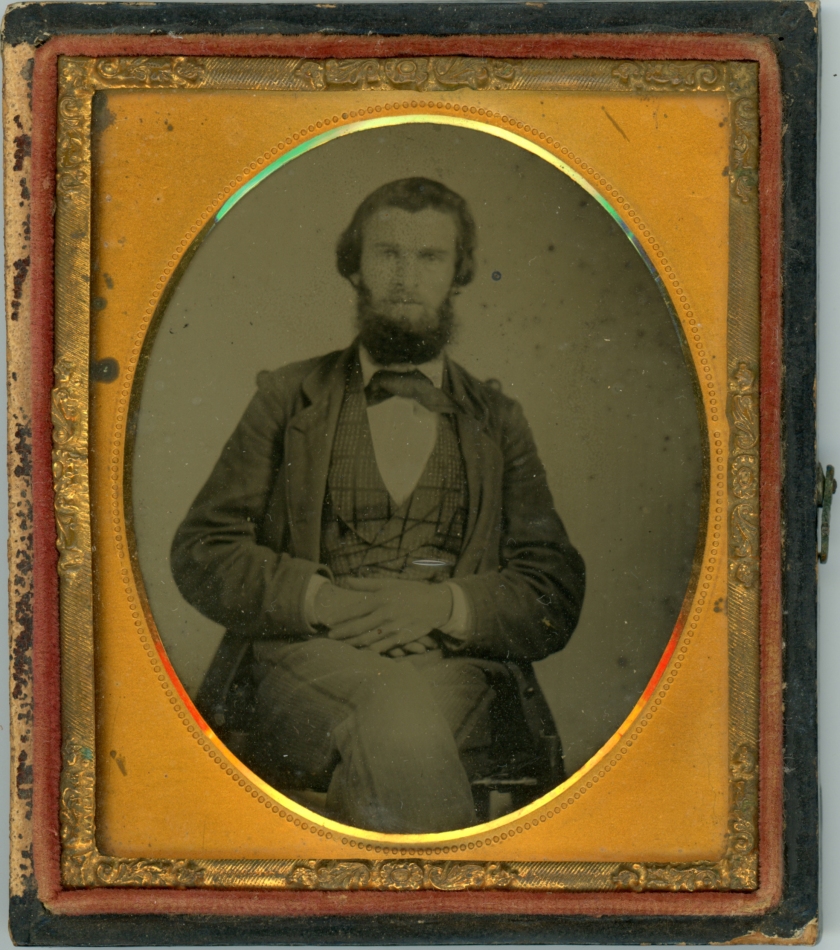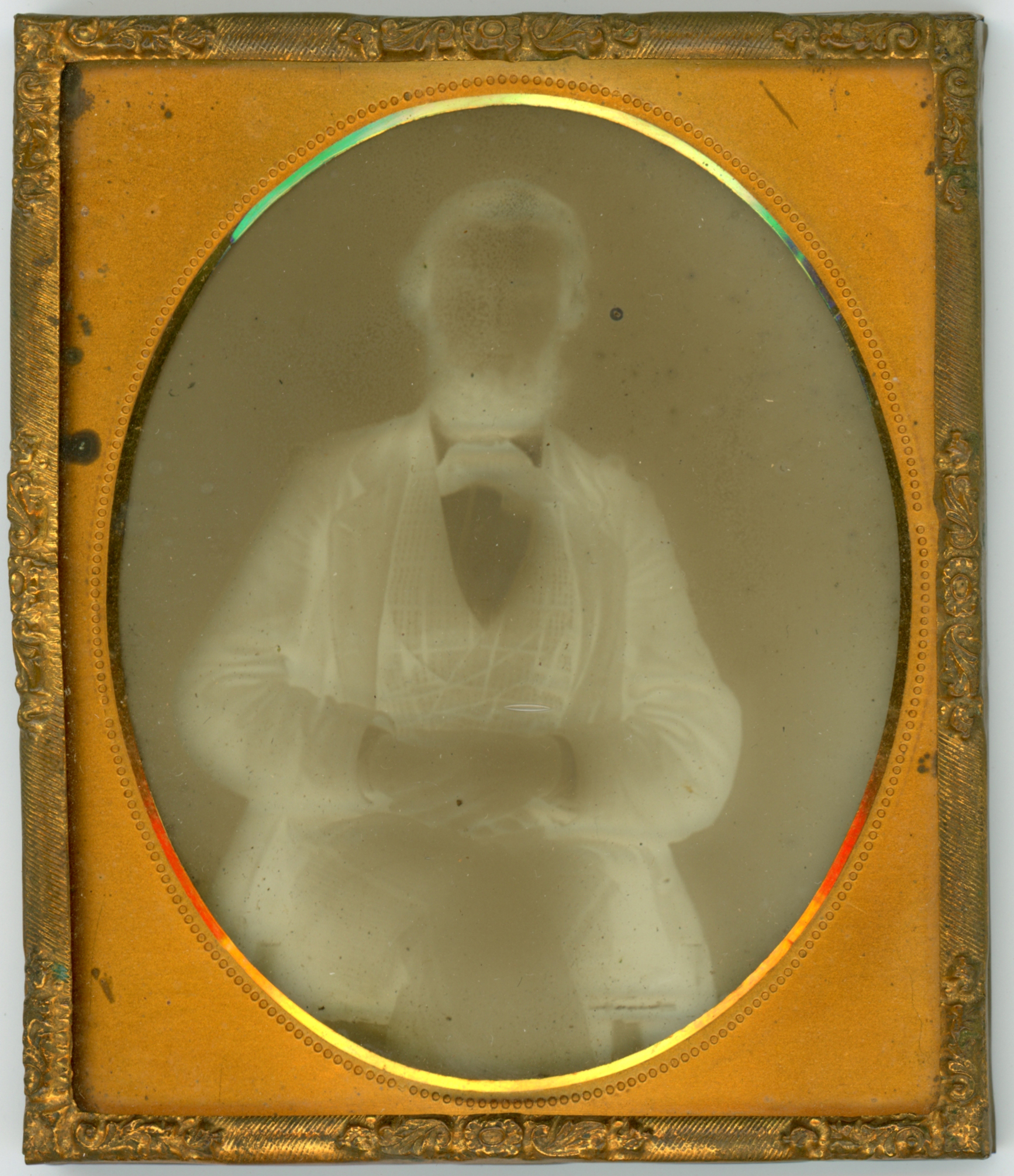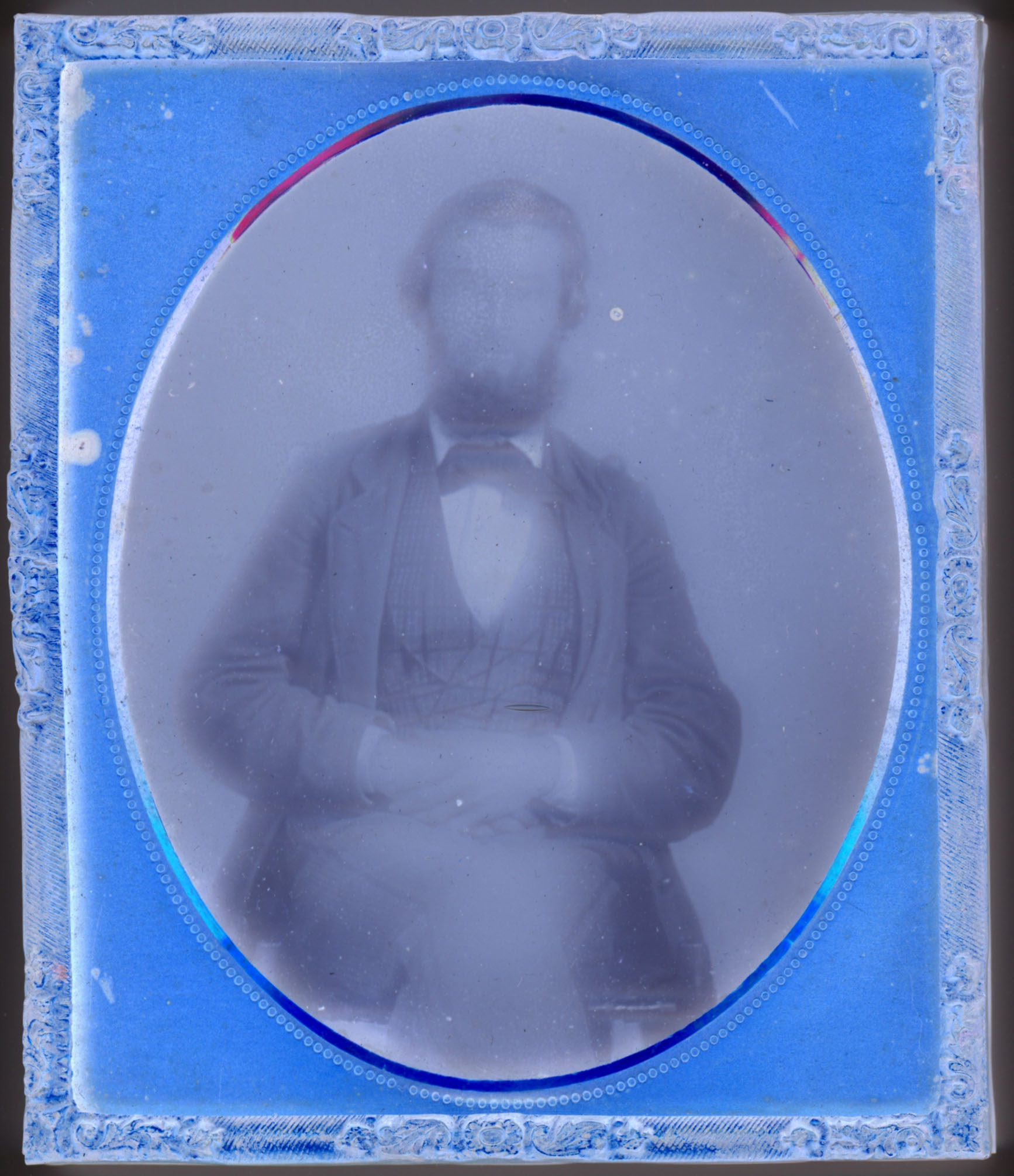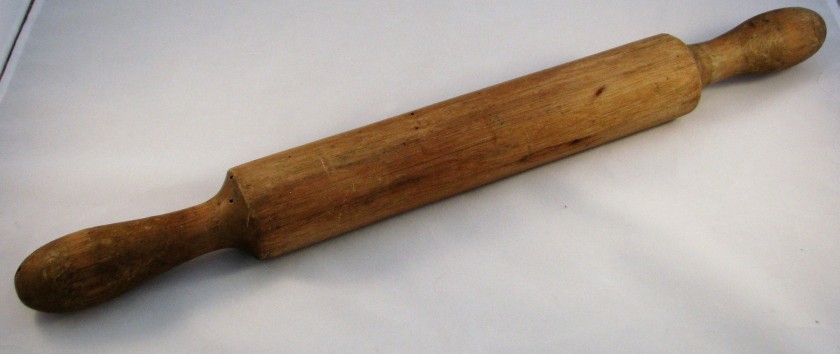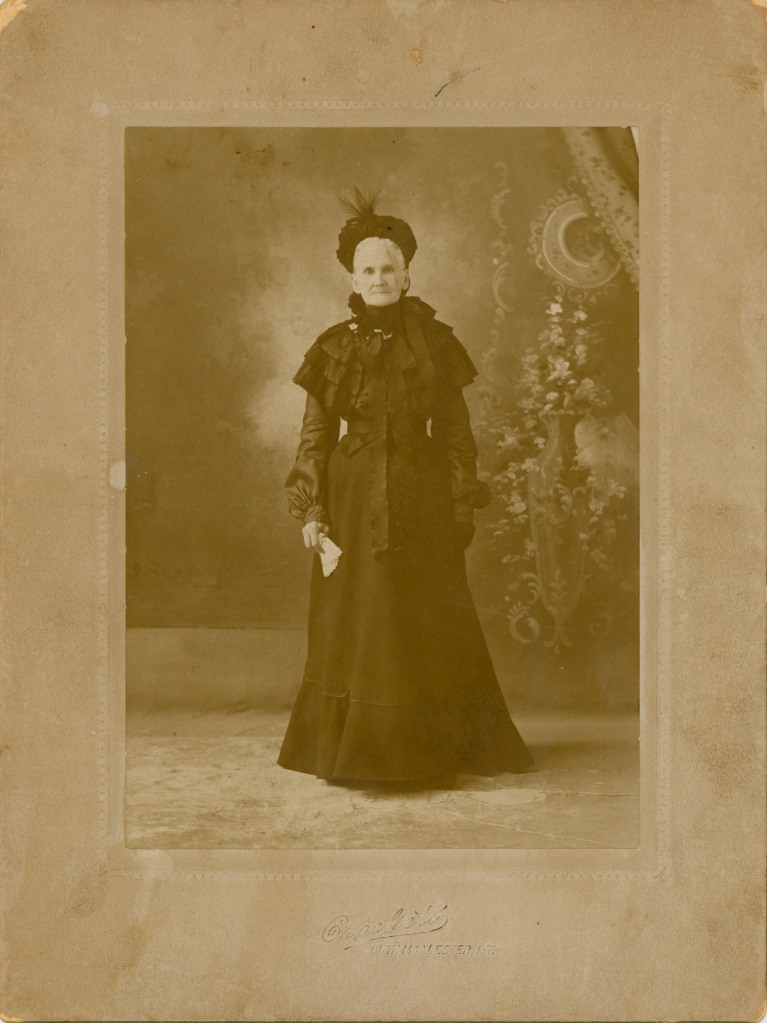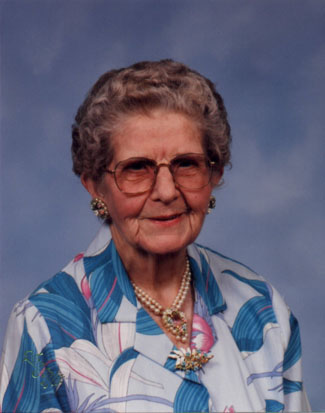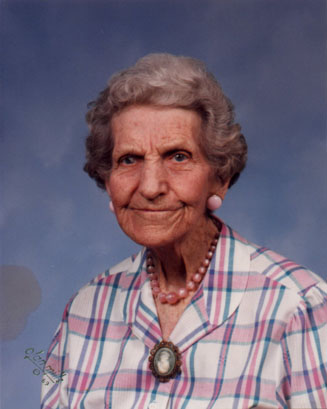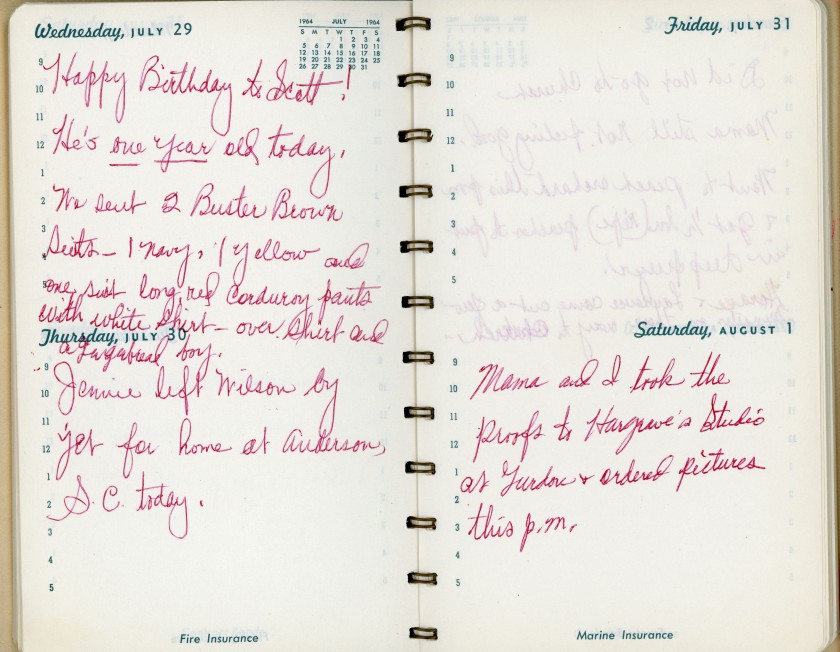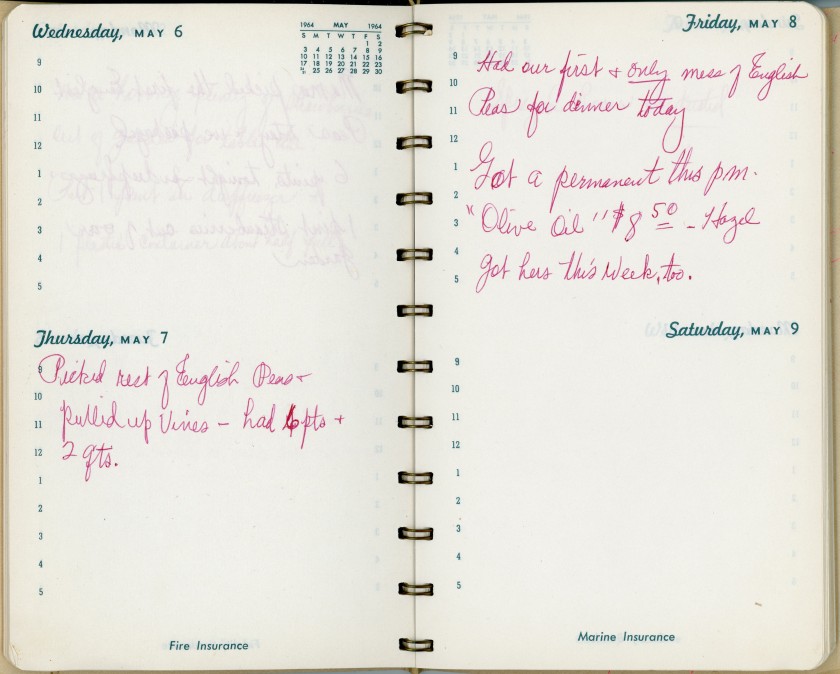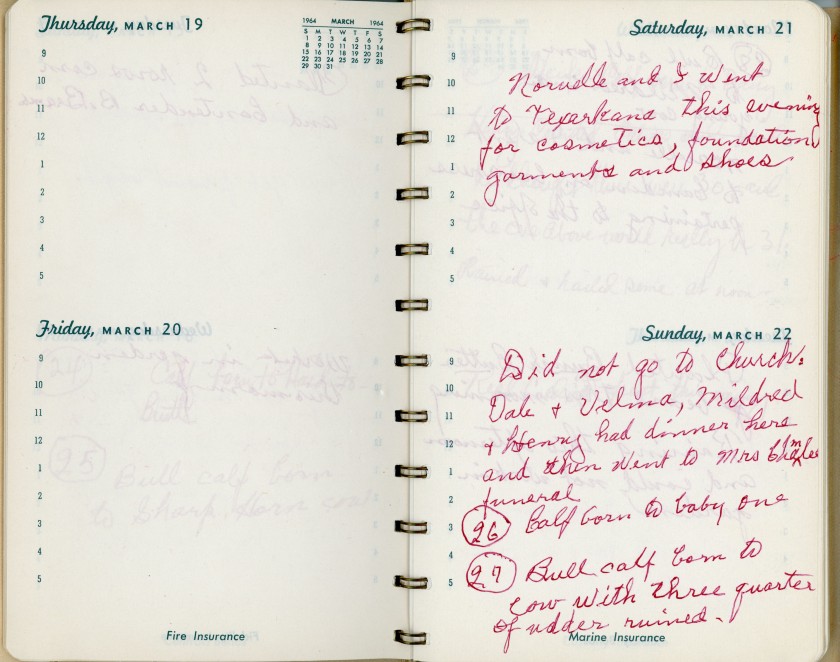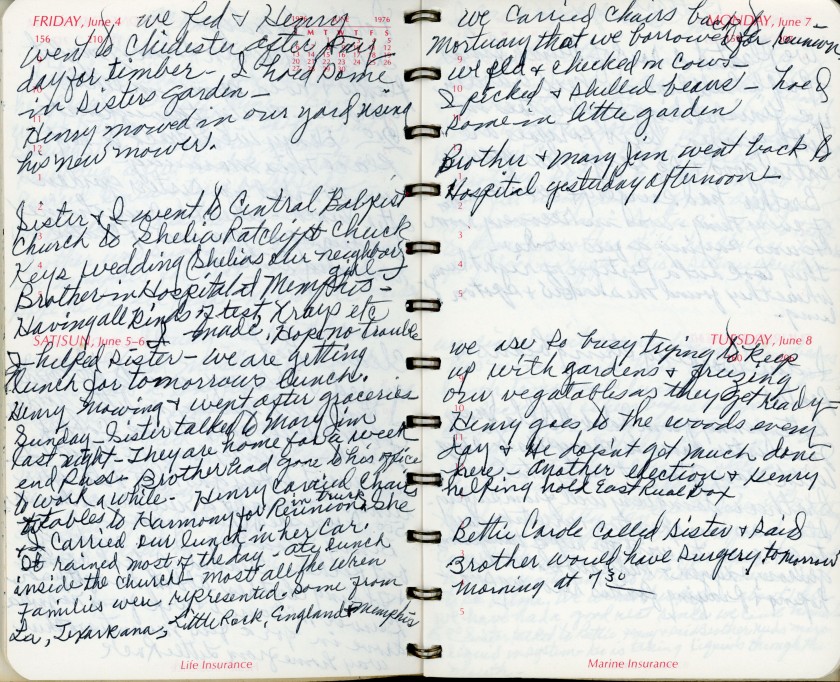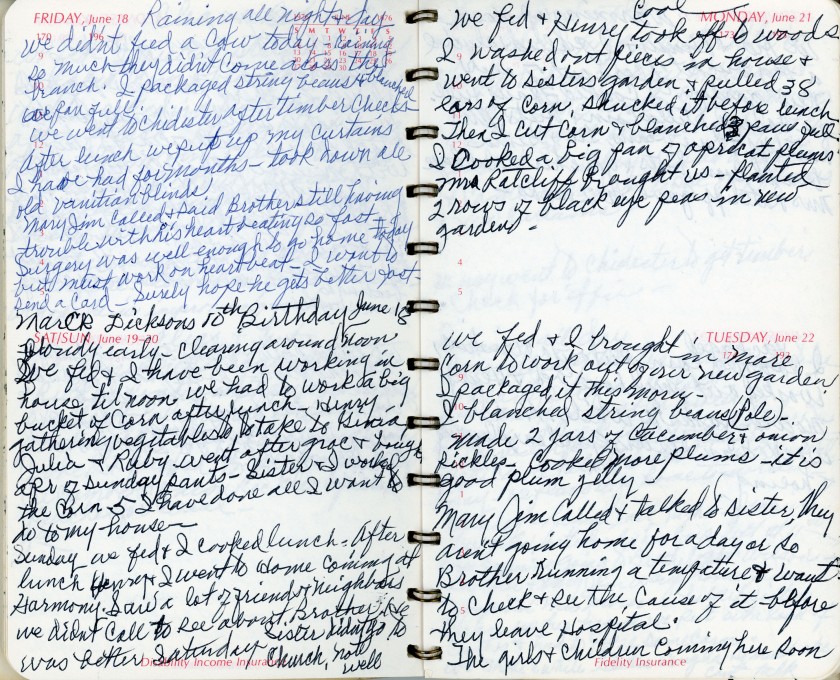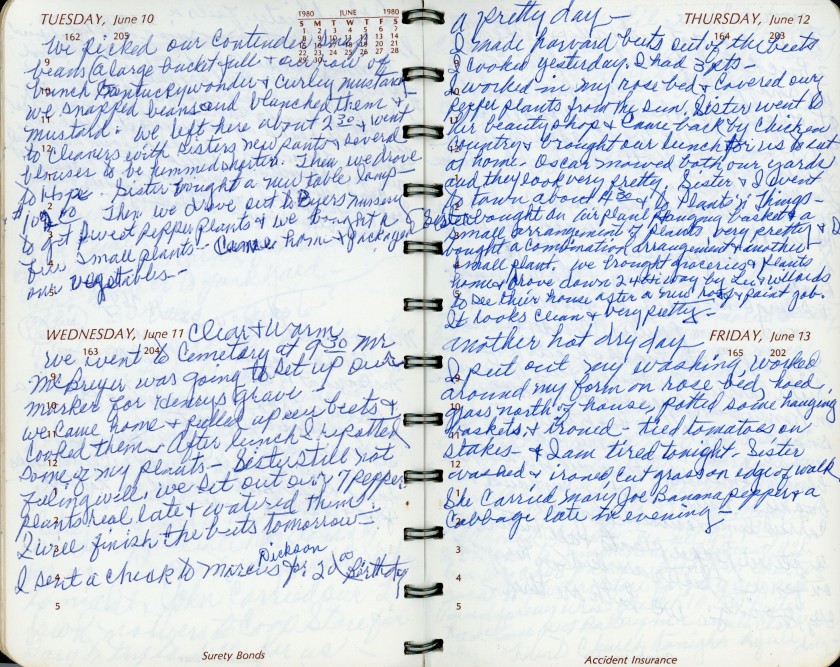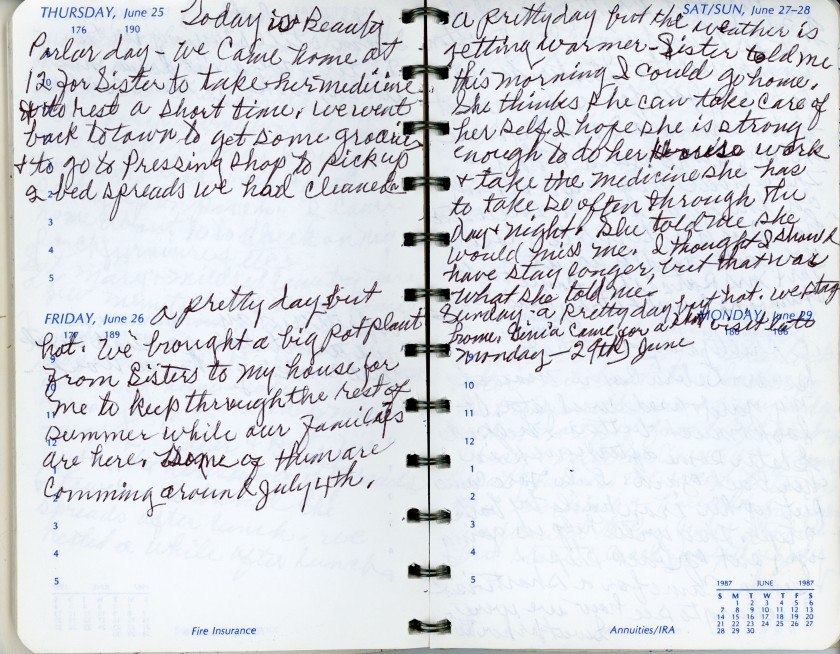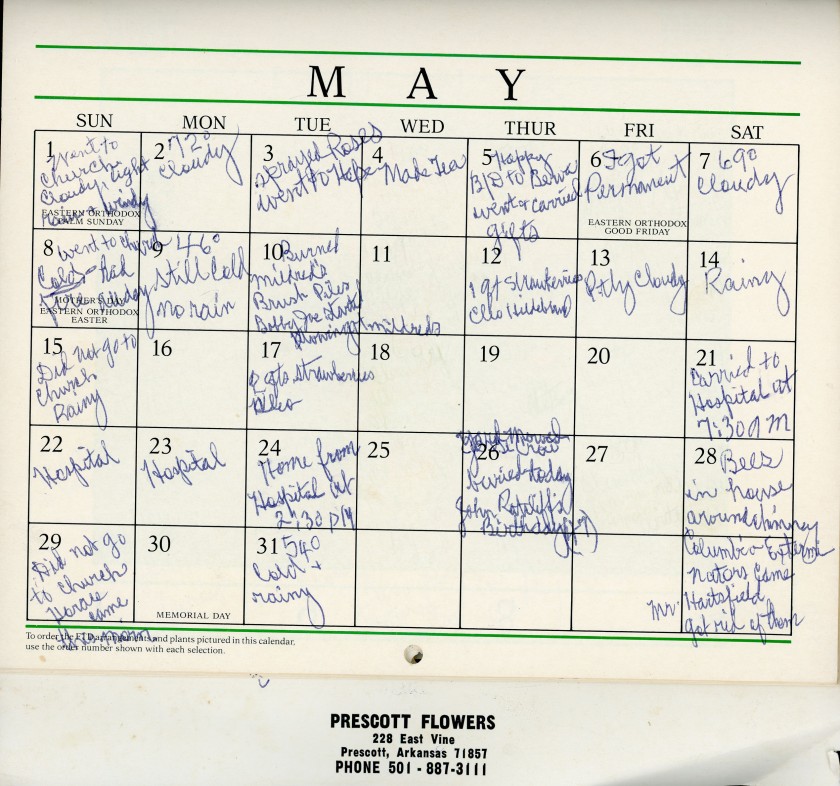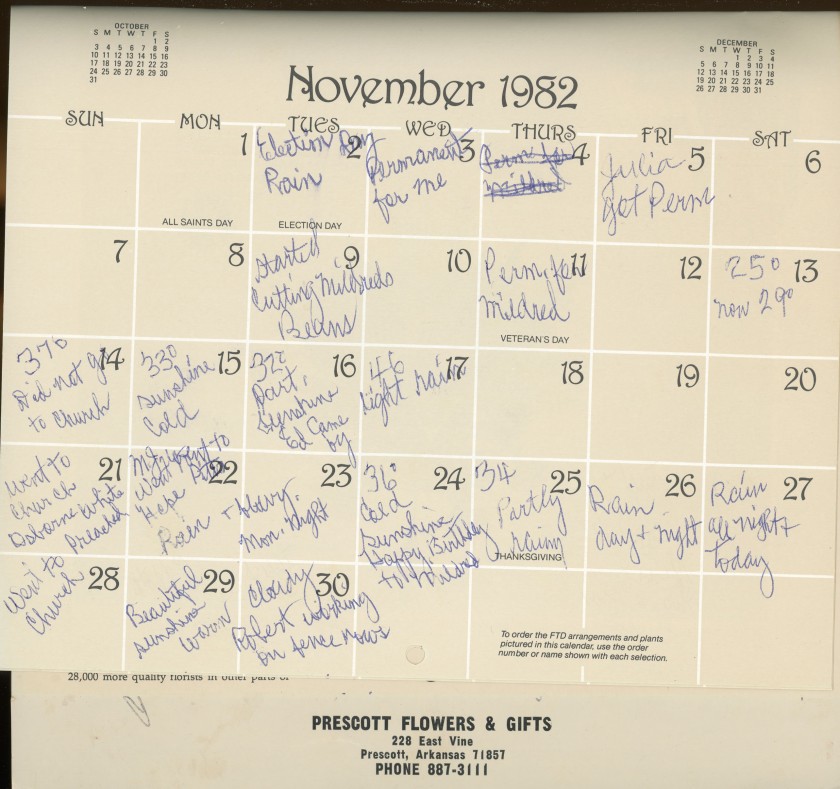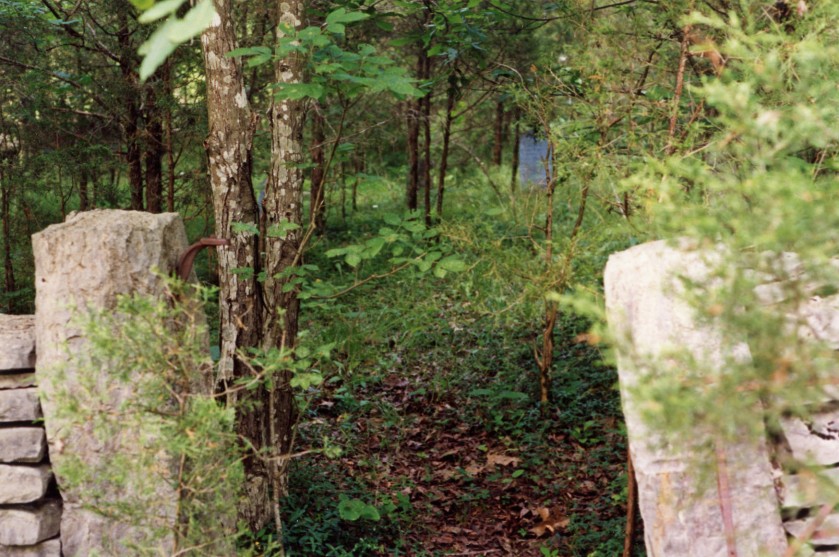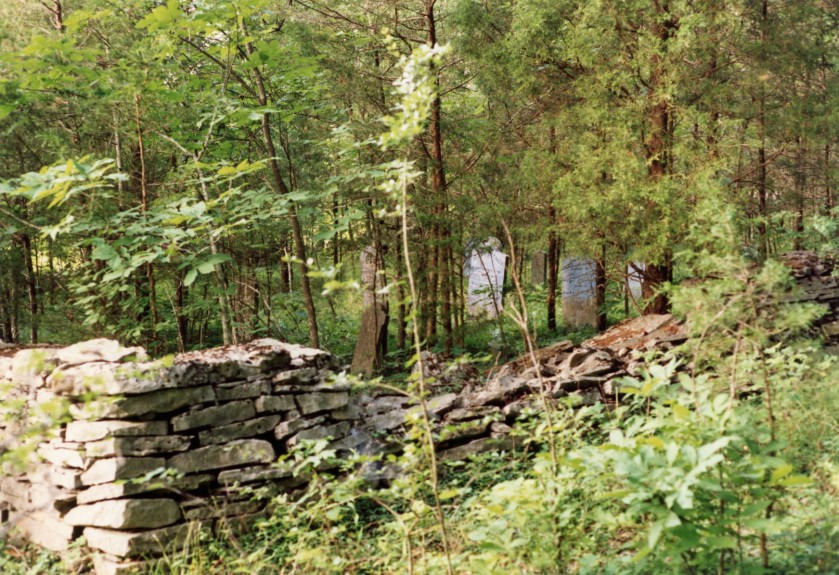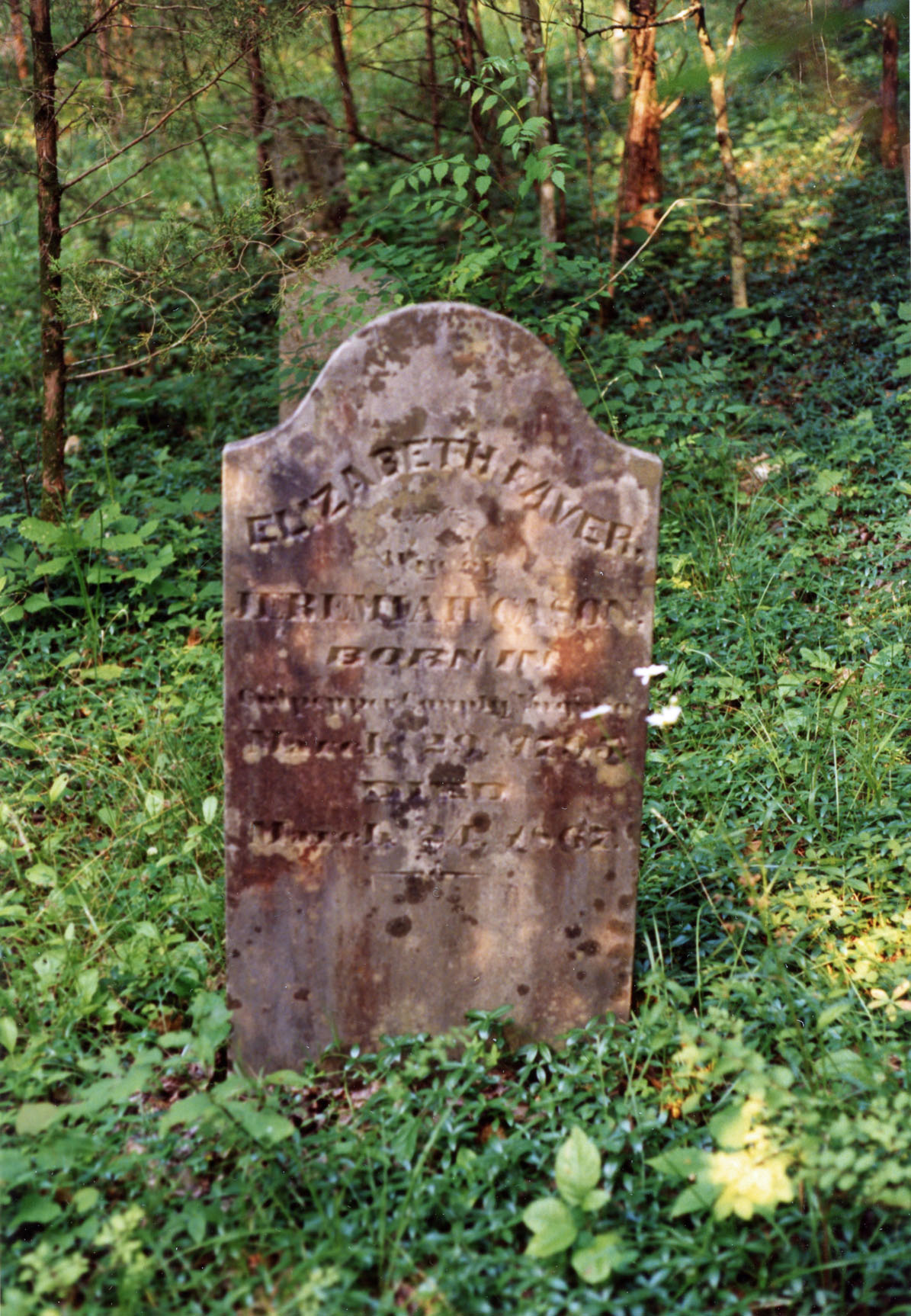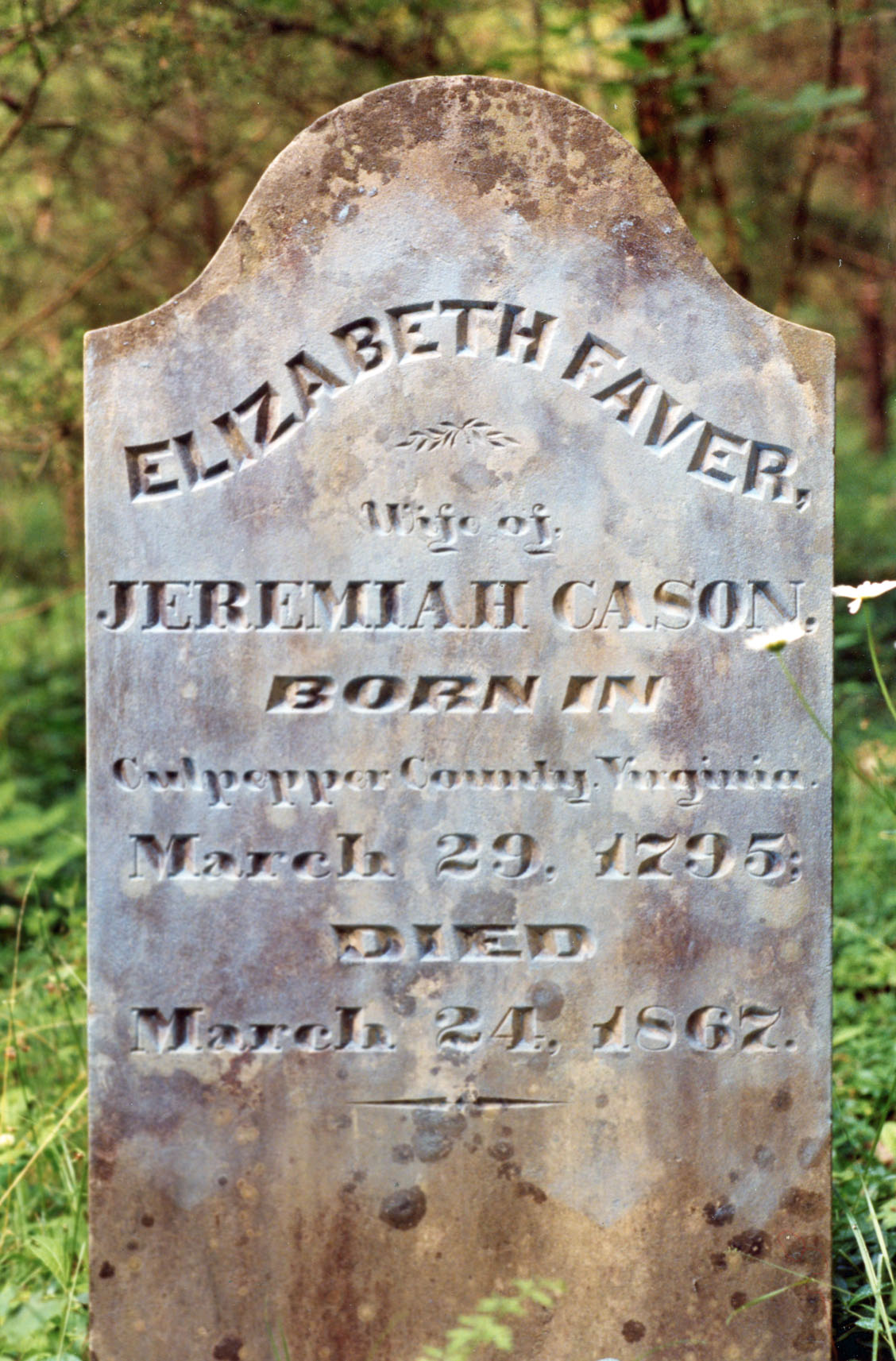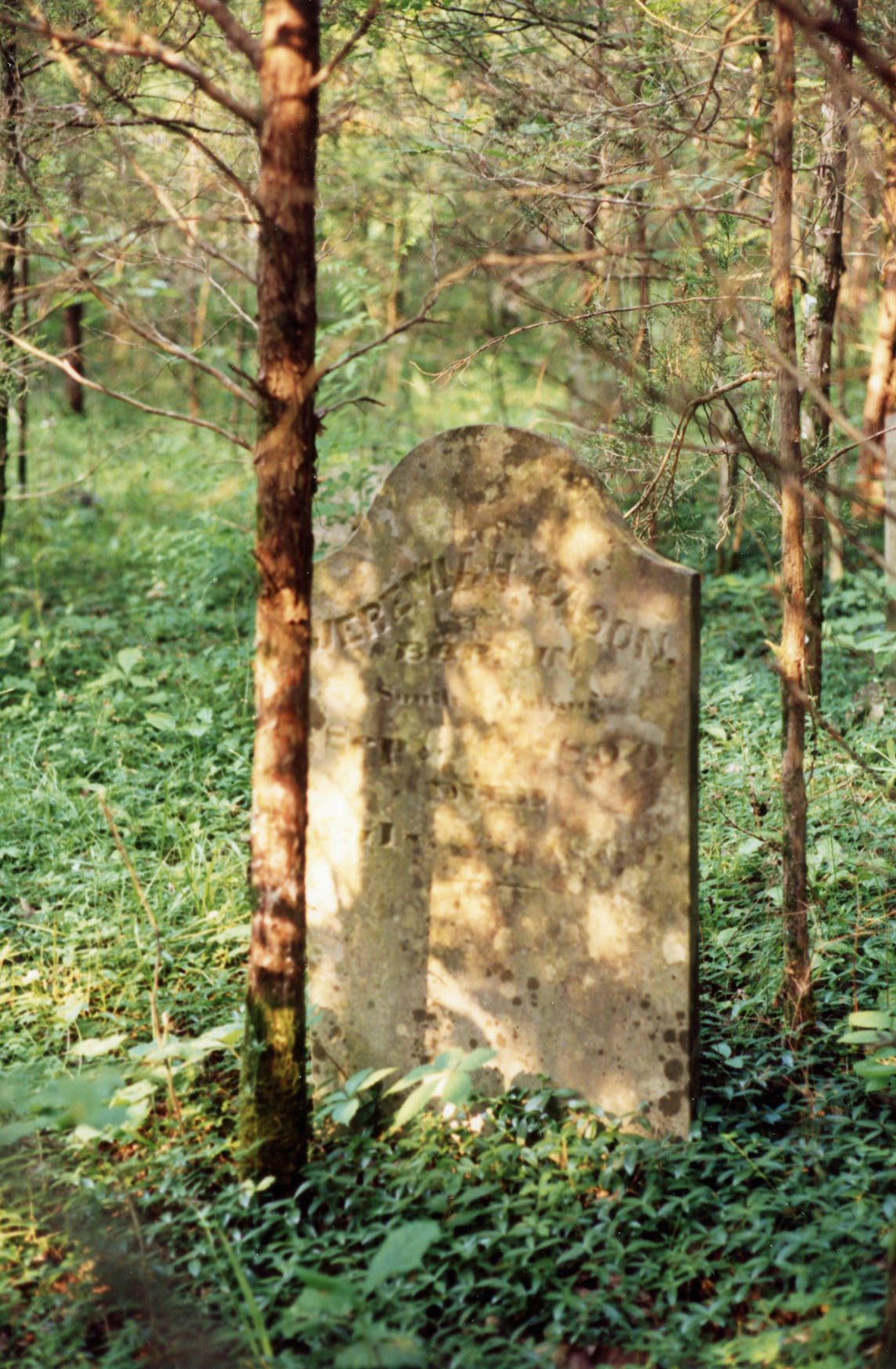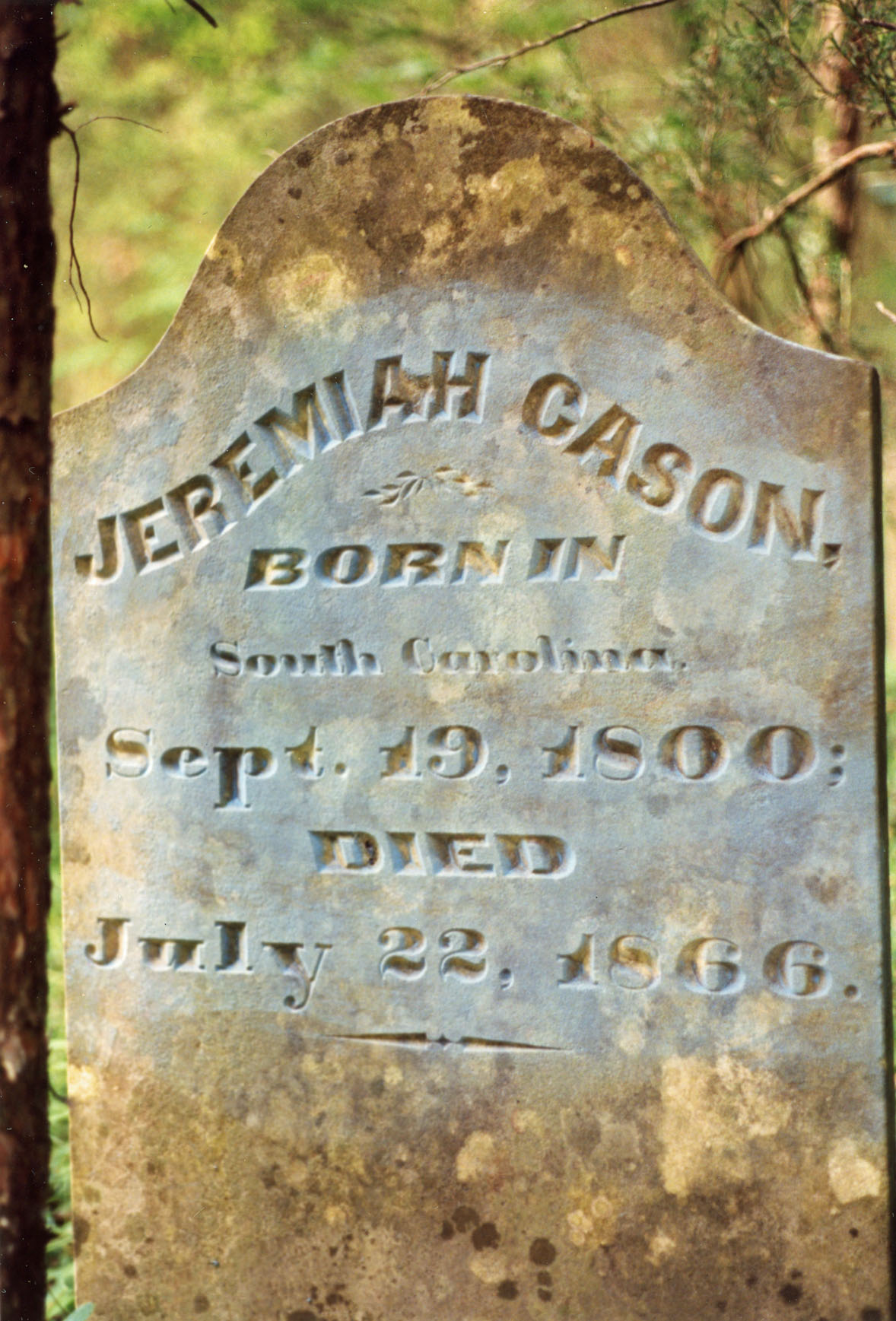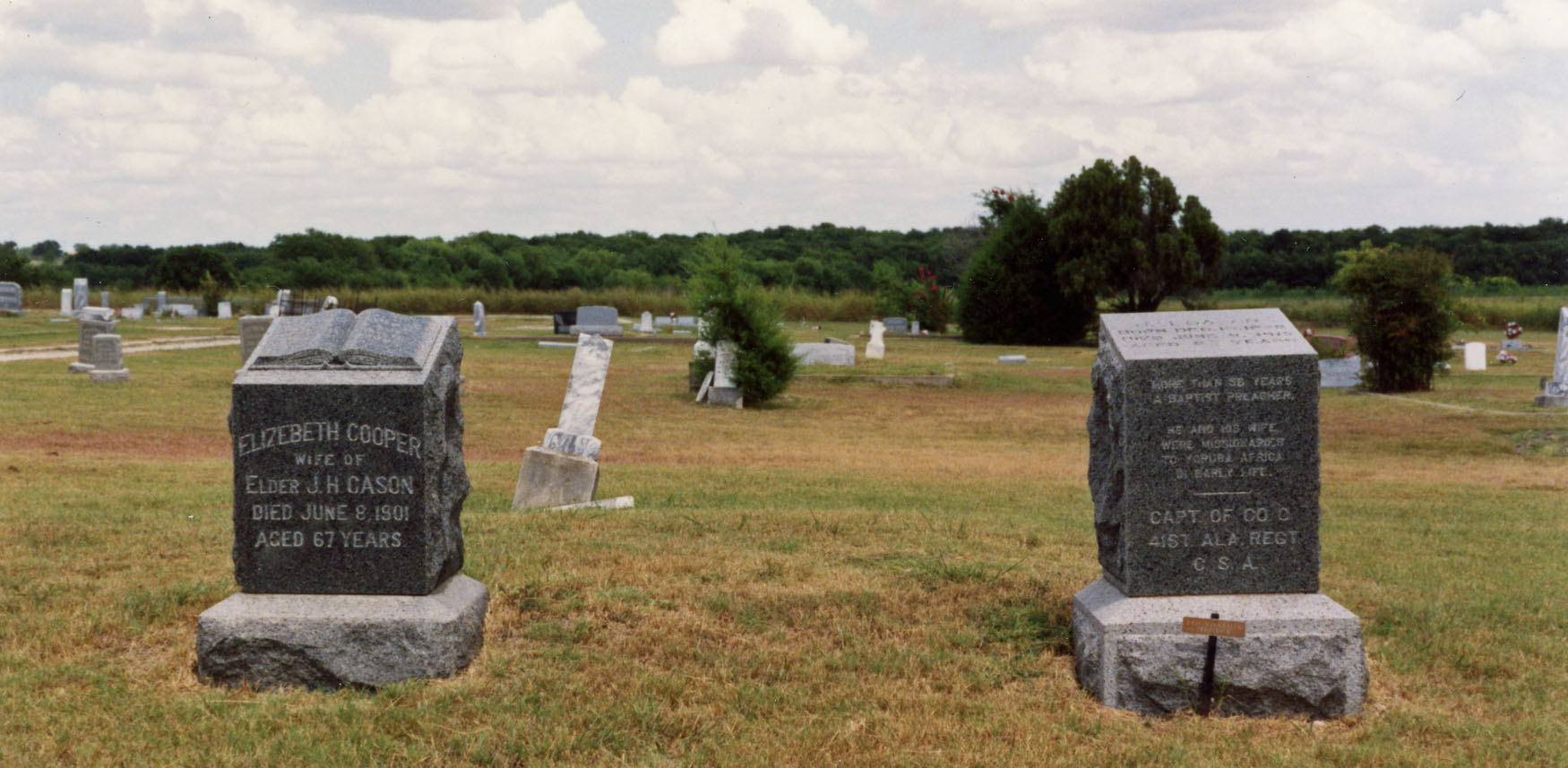52 Ancestors in 52 Weeks – Fresh Start

In the words of the immortal Russell Case (Randy Quaid) in Independence Day, “Hello Boys! I’m baaaack!” Or at least I hope so.
Amy Johnson Crow has started a new year of her 52 Ancestors in 52 Weeks project. After a good start in the 2nd half of 2018, I did well through the first half of 2019. But then, life and 160 nights in hotels as I traveled for work got in the way and I fell to the wayside.
I also posted a long list at the start of 2019 of my genealogical goals. I got a good start on a lot of that, but again, fell away as the year went on.
I think the key is to be more modest and realistic.
Anyway, the theme for this first week of 2020 is Fresh Start. I’ll tell you how I am trying to get a fresh start on my research, and therefore on my writing.
I have been at this family history game for a long time, since the late 1980s. And even though I did moderately well documenting what I found early on, once I found birth, marriage, death records and who the parents where, I moved on up the tree. So some parts of my tree are pretty thin and leggy, lacking in anything that tells me about that person.
My fresh start is to step back and start filling in the branches. Mostly the thinness happens at the tips of the tree. So, I have started with the terminal families in the tree, on each line, that I feel pretty confident about, and am going back to find all I can about them. I want to mail down where they lived year by year, where they moved, when they really had children, got married, etc.
I am a huge fan of tax lists and deed records so I am looking for these. Tax lists are pretty much a year by year census. You can tell when men (primarily) moved into an area, came of age, got older, and rose or fell economically. Deed records show you where they lived, but maybe more importantly, who they are interacting with. Often the witnesses when a man sold land were related to his wife, to protect her interests.
I am also working to do this same sort of research of all of the children in that level of the tree. After all, these people are the brothers and sisters of my ancestor.
So far, I’ve started back on my family of George Wren (b. 1760 in Virginia, d. abt. 1832 in Lancaster Co., South Carolina) and his wife Alletha Dossey (b. in Maryland and d. before 1810 in Lancaster Co., South Carolina), and the family of Lewis Deshazo (b. abt. 1755, King and Queen Co., Virginia, d. 1818 in Eatonton, Putnam Co., Georgia) and his wife Nancy King (b. Virginia, d. before Lewis, probably in Georgia).
My goal is to work across each of these tips of the tree limbs. After all, paying attention to the tips, doing a little pruning here and there, in the garden, gives you more flowers.
Already, I am finding some interesting things.
I found in a tax list last night that two of my ancestors on completely different parts of the tree were neighbors in 1813. Herod Bridges, my 4-great-grandfather (Mom -> H. Hudson Wren -> Sam Scott Wren -> Alonzo Dossey Wren -> Sarah Bridges -> Herod Bridges), was listed just 3 or 4 lines above Lewis Deshazo, my 5-great-grandfather (Dad -> Susan Louise Bailey -> Viola Tennison -> Mary Susan Druscilla Deshazo -> Rev. John W. Deshazo -> Larkin Deshazo -> Lewis Deshazo) on the 1813 Putnam County, Georgia tax list. Amazing! And John Tomlinson was captain of the district. He, no doubt, was related to Sarah Bridges mother-in-law, Mary Tomlinson.
Happy New Year to all and a Happy Fresh Start to your research and your writing.


